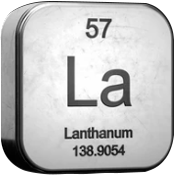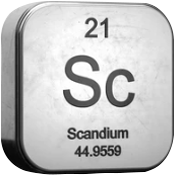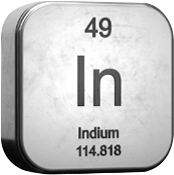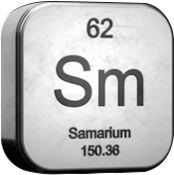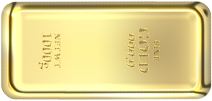Main characteristics: Light, soft alkali metal with a silvery-white color, extremely chemically active.
Properties: High chemical reactivity; good thermal conductivity; one of the lowest densities among metals.
Applications:
- Batteries: Lithium-ion and lithium-polymer batteries for smartphones, laptops, and electric vehicles.
- Glass and ceramics: Improves thermal and mechanical strength.
- Pharmaceuticals: Lithium salts are used in the treatment of certain mental disorders.
- Metallurgy: Used as an alloying element and deoxidizer.
History and Discovery
Lithium was first isolated in the early 19th century by Swedish chemist Johan August Arfvedson during the analysis of petalite mineral. The name derives from the Greek word "lithos," meaning "stone."
Physical and Chemical Properties
Lithium is the lightest of all solid metals (density ~0.53 g/cm³), silver-white in color, and very soft.
It has a relatively low melting point for a metal (~180°C).
Highly chemically reactive, especially in contact with water, forming lithium hydroxide and hydrogen.
Main Applications
- Batteries: The primary driver of demand is lithium-ion batteries for electric vehicles, smartphones, laptops, and other devices.
- Glass and Ceramics: Lithium additives enhance thermal resistance and strength.
- Pharmaceuticals: Some lithium compounds are used to treat mental disorders (e.g., bipolar disorder).
- Metallurgy: Used as an alloying component in aluminum and magnesium production.
Fun Facts
When burned, lithium produces a bright red flame.
Due to the growing demand for electric vehicles, lithium has become a strategically vital resource, leading to debates about its availability ("lithium race").

